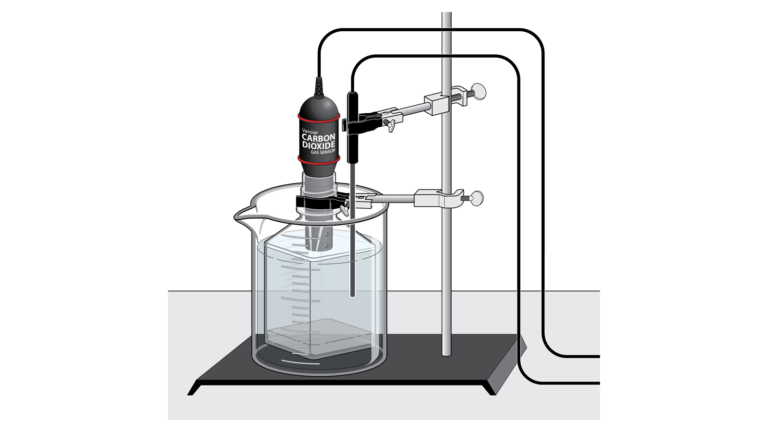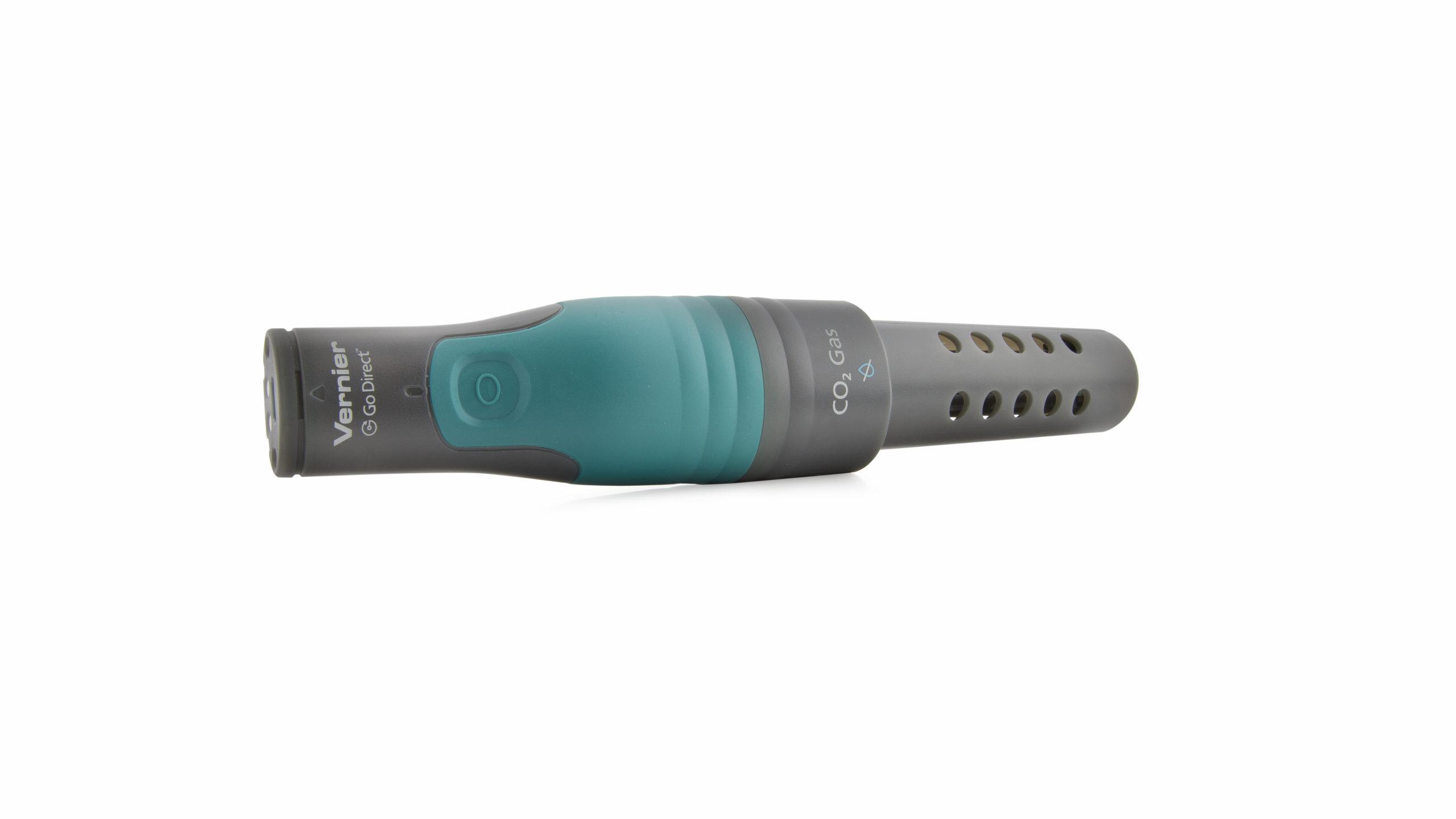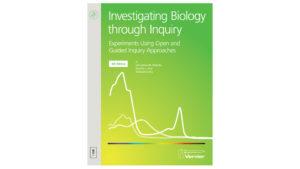
Introduction
Darwin’s theory of Natural Selection was influenced by his observation that farmers regularly select individual plants and animals that have specific traits for breeding. This process is referred to as artificial selection. For thousands of years, humans have selected plants and animals for different traits such as hardiness, drought tolerance, productivity, etc. After multiple generations of selective breeding, a strain or breed is established. The domestic dog is an excellent example of this process. All dogs can interbreed and are derived from the same genetic stock.
The yeast Saccharomyces sp. is another excellent example of artificial selection. Different strains of yeast are used to make beer, bread, and wine. As a result, brewers and bakers have used artificial selection to select very specific strains of yeast for each purpose.
Objectives
In this Preliminary Activity, you will use a CO2 Gas Sensor to determine the rate of respiration of glucose by baker’s yeast.
After completing the Preliminary Activity, you will first use reference sources to find out more about yeast strains that are used in baking and brewing before you choose and investigate a researchable question dealing with the evolution of yeast through artificial selection. Some topics to consider in your reference search are:
- Saccharomyces cerevisiae
- Saccharomyces bayans
- beer yeast
- wine yeast
- artificial selection
- evolution
- baking
- monosaccharides
- disaccharides
- metabolism
Sensors and Equipment
This experiment features the following sensors and equipment. Additional equipment may be required.
Option 1

Option 2

Correlations
Teaching to an educational standard? This experiment supports the standards below.
- International Baccalaureate (IB) 2025/Biology
- A4.1.3—Evidence for evolution from selective breeding of domesticated animals and crop plants
- A4.1.9—Adaptive radiation as a source of biodiversity
- B4.1.1—Habitat as the place in which a community, species, population or organism lives
- B4.1.2—Adaptations of organisms to the abiotic environment of their habitat
- B4.1.3—Abiotic variables affecting species distribution
- B4.1.4—Range of tolerance of a limiting factor
- B4.2.11—Adaptations of plant form for harvesting light
- B4.2.12—Fundamental and realized niches
- C1.2.10—Anaerobic cell respiration in yeast and its use in brewing and baking
- D4.1.4—Abiotic factors as selection pressures
- D4.1.15—Artificial selection by deliberate choice of traits
Ready to Experiment?
Ask an Expert
Get answers to your questions about how to teach this experiment with our support team.
- Call toll-free: 888-837-6437
- Chat with Us
- Email support@vernier.com
Purchase the Lab Book
This experiment is #22 of Investigating Biology through Inquiry. The experiment in the book includes student instructions as well as instructor information for set up, helpful hints, and sample graphs and data.

